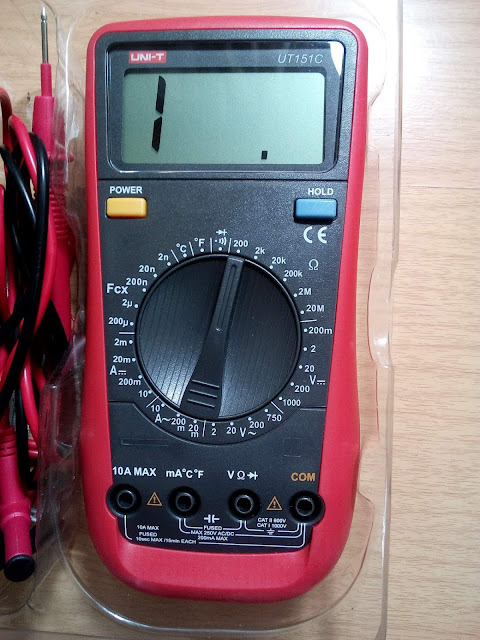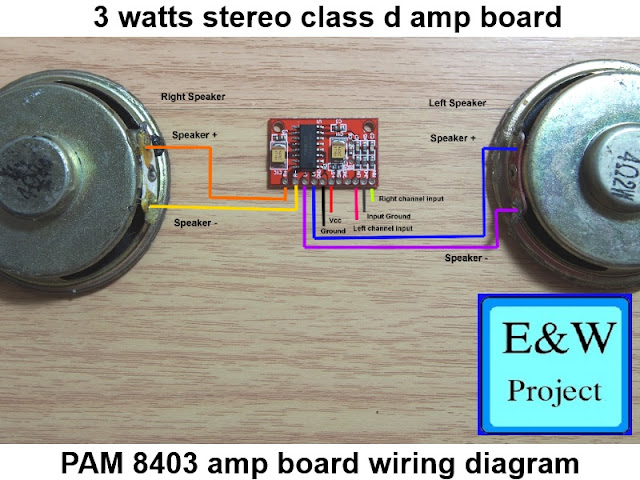how to use a digital multimeter

A multimeter is a tool that uses to measures electrical characteristic such as voltage, ampere, resistance. Using a multimeter and basic knowledge of ohm's law can help electronics projects much easier. There is two type of multimeter one is a digital multimeter and another is an analog multimeter. The advantage of digital multimeter is easy to read value, lower power consumption, and higher price model can measure diode, capacitance, frequency, duty cycle, inductance, the temperature you can call it all in one multimeter instead of a multimeter. How does a multimeter work? Basic functions of multimeter are measure voltage, ampere, and resistance. A multimeter changes electrical characteristic values to numbers for digital multimeter or meter scale for an analog multimeter. What type of multimeter you need: - If your project involves high dc current you must use high DC current type multimeter, the high current multimeter probe usually bigger and have separate h


